
Connected devices are rapidly transforming commercial industries from mining, manufacturing and logistics to oil and gas, transportation and energy. The Industrial Internet of Things (IIoT) is a catch-all-term for how connected products and services are leading the digital revolution in commercial environments. While the buzzword "Industry 4.0" describes the digitization of industry with the so-called fourth industrial revolution, Industrial IoT are the tools and technologies that are enabling the shift.
Last updated: August 18, 2020
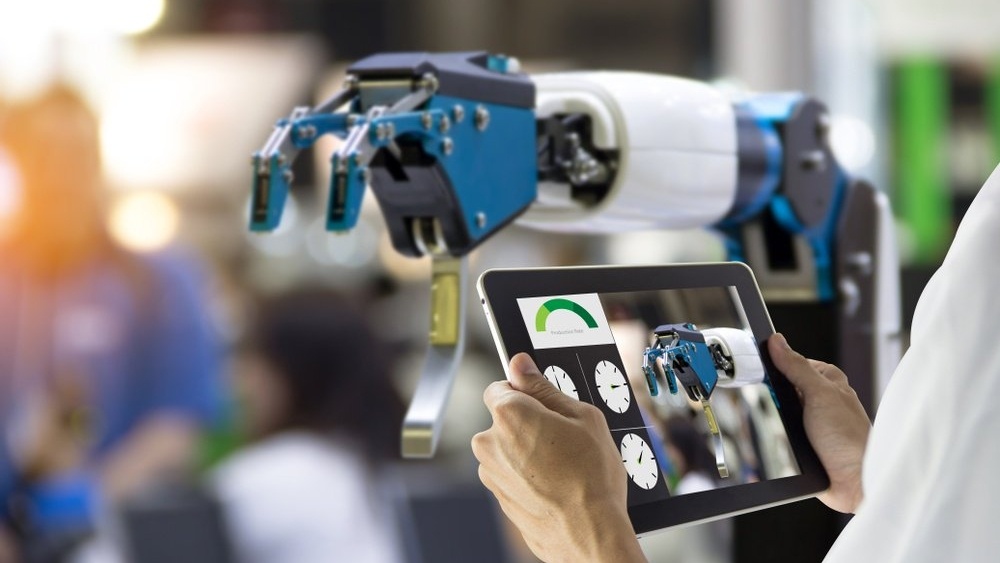
IIoT means different things to different people, but can most easily be summed up with three points:
It also covers a wide range of individual industries, including but not limited to:
Manufacturing: Optimisation of production lines and supply chains, asset management and predictive maintenance.
Smart cities: Infrastructure projects
Transportation & Logistics: Advanced monitoring and control systems, smart contracts.
Energy and utilities: Smart grids, smart metering, data insights to optimise networks.
Mining: Real-time monitoring, sensor technology to improve safety, predictive maintenance to reduce downtime.
For many years industrial IoT was little more than a buzzword, a concept, but now is very much a reality. With new technologies such as cellular IoT that are perfectly suited to large-scale projects and the consolidation of previous solutions, there has never been a better time to enter the market.

With IoT and Big Data as the catalyst, the speed and scale of information collection and analysis is rapidly increasing. Asynchronous manufacturing equipment can now be connected and communicate with one another.
The connected systems can be monitored, analysed, self-optimised and more. This reduces downtime, reduces costs and increases outputs, making manufacturing more efficient.
History has taught us that preparation and flexibility are the keys to successfully taking advantage of the inevitable economic, social, political and environmental changes that the Internet of Things will bring.
But preparing for this data-centred revolution is about more than just retrofitting equipment and installing Big Data systems.
Read more: How SMEs Can Get Started With Industrial IoT
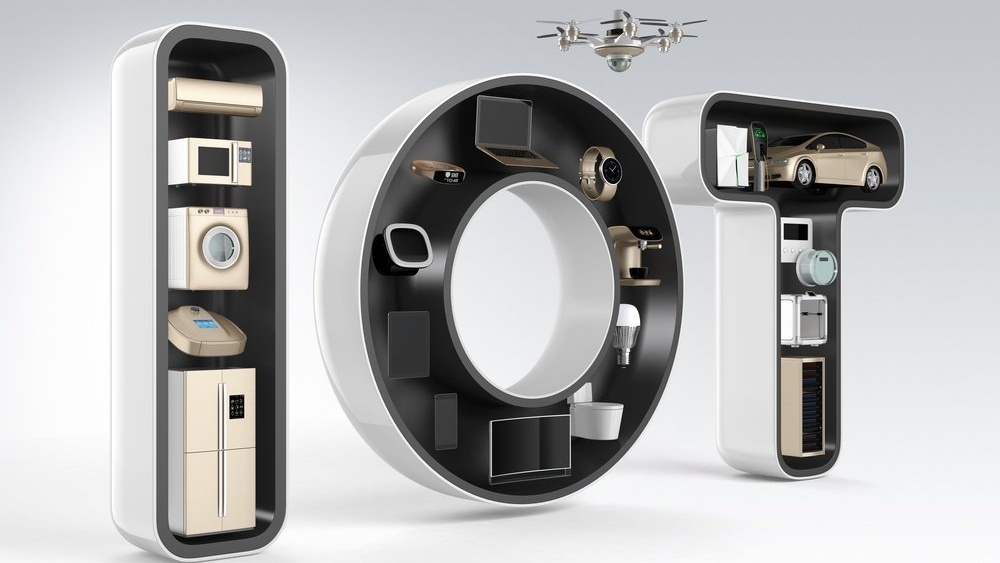
What separates IoT in commercial environments from consumer application is a question of failure. Whereas a smartwatch failure is an annoyance to its owner, a failure in an industrial setting has the potential to be much more serious.
Entering the world of Industrial IoT means designing with long-term in mind. Resilient, reliable and robust systems are required for critical applications and/or to be used in remote or otherwise difficult to access environments.
This of course has great implications for the design phase. For such large-scale systems the supply chain needs to guaranteed (or as close as realistically possible) for many years, which will impact the choice of many things, not least connectivity.
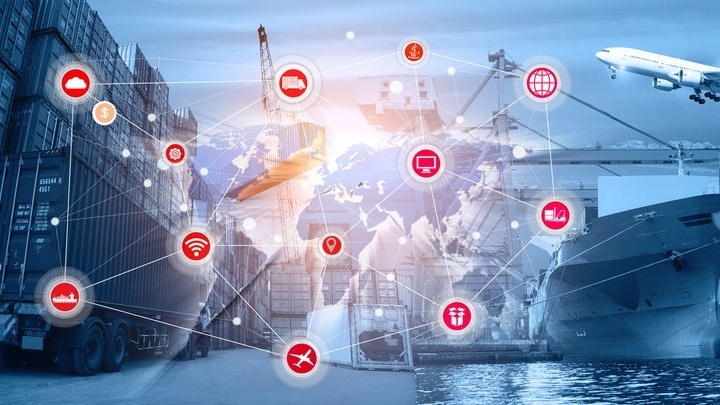
In order to choose the best connectivity option, questions must be asked at the planning stage about the required flexibility, quality of service, operational and maintenance issues, but also the longer-term business strategy of the end user.
Industries that are relatively new to the concept of large-scale networks are less likely to be aware of some of the things that will impact on complexity and cost. These include the intended geographic markets, the required lifetime, interoperability and the choice between standards-based or proprietary technologies.
Read more: End-User Factors Impacting Industrial IoT Connectivity
IoT developers understandably view technical considerations first and foremost when deciding on connectivity. When deploying large-scale networks, the impact of even a small change to a device will be amplified because of the scale of the network.
Read more: Operational Factors Impacting Industrial IoT Connectivity

Rather than have each device on the network communicate with a central hub, in a mesh network, each device can communicate with any of the other devices around it that are within range.
The Bluetooth Mesh standard sits on top of Bluetooth as a way of creating such a mesh network.
With Bluetooth Mesh, the range of the network is increased. Each device now only needs to be within range of another device, not a network hub. The network is also more resilient as there’s no single point of failure.
One of the major beneficiaries of Bluetooth Mesh to date is the lighting industry. Lighting is the obvious candidate to form the backbone of a mesh network. It’s always there and it’s connected to the mains so there are no issues with availability or power. This means that the smart warehouse is the ideal location to install a Bluetooth Mesh network.
Read more: Bluetooth Mesh for Industrial IoT
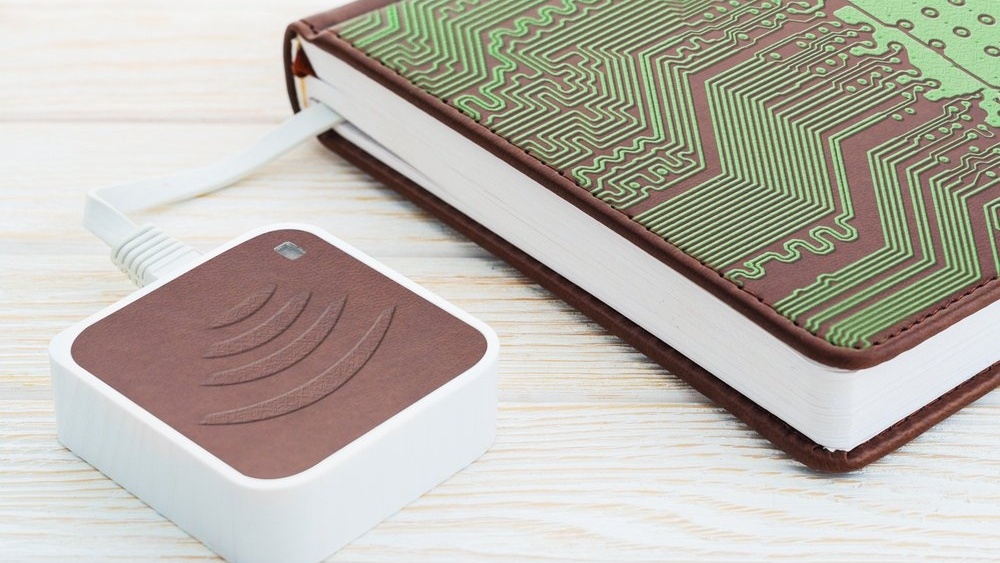
To get value from data it has to be accessible and deliverable when needed. Standard protocols will allow companies of all shapes and sizes to see benefits from IIoT, but for now, IIoT will be an environment in which many protocols will coexist simply due to the amount of legacy equipment out there.
Leading application protocols include:As with connectivity options, each application protocol has relative strengths and weaknesses that should be examined before deciding on a specific protocol to use for a specific purpose.
With real-time information proving to be a real competitive advantage in many industries, the deluge of unstructured data from sensors and other connected devices is a problem. A better approach – for reasons of cost and speed amongst others – is working on the edge.
Edge computing is fast becoming a vital part of the Industrial Internet of Things (IIoT) ecosystem to accelerate the results gained from digital transformation.
Simply put, edge computing enables data gathering and analytics to happen closer to the source. In this context, the edge is the enabling infrastructure including the industrial machines, industrial controllers, and databases that aggregate data.
Read more: Edge and Fog computing explained

Simply connecting a device to a network is not enough to qualify it as an IoT device. To be able to enjoy the benefits of connectivity, it is essential to be able to crunch data from all devices in order to take action.
To process and analyse massive amounts of information remotely, step forward cloud computing and Big Data analytics.
The huge amount of IoT platforms offering cloud and analytics services gives an indication as to how important these services are. However, not all platforms are necessarily good for your industrial application with trade-offs between cost and complexity on the one hand and scalability, low latency, security, and resiliency on the other.
From the very early stages of your IoT journey, it is crucial to start using the right platform or at least to be ready to migrate to a new one in a smooth way.
Read more: Why AI is set to reshape the IoT
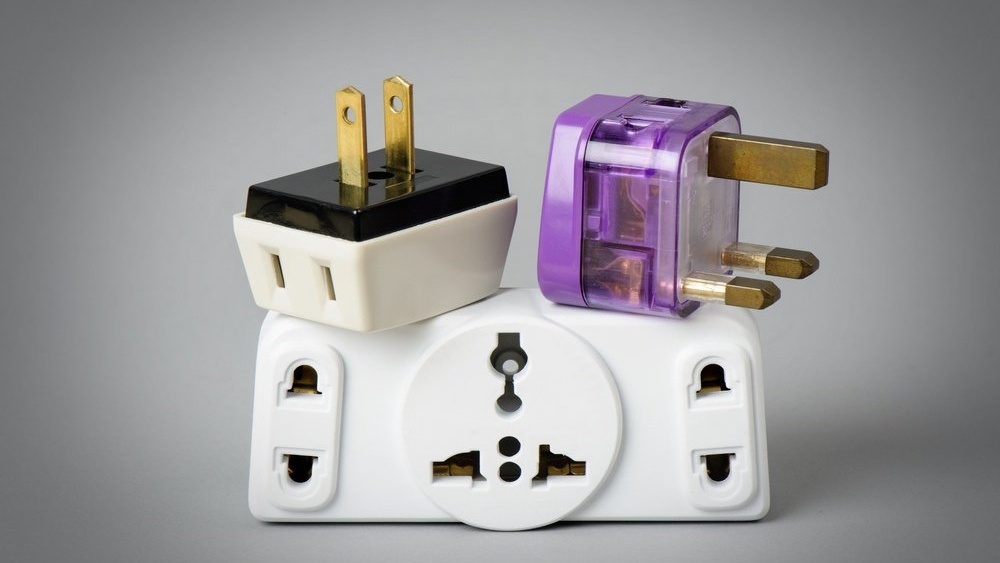
A big decision to be made during the design phase is whether to choose proprietary tools, protocols and systems, or open standards.
A proprietary standard is privately owned by one entity, who have the sole decision-making power about who its direction, who can use it, and how much it costs.
An open standard is publicly available and usually designed by many parties, often in the form of a consortium or association.
Read more: Introducing the nRF52833: An Ideal SoC for Industrial IoT
Interoperability is an important question to consider when comparing different standards. Using open standards usually (but not always!) helps to guarantee an acceptable level of interoperability both now and in the future, especially when backed by a major alliance.
But there are other factors to consider, such as the market shares of the respective standards, and the position in different geographic markets.
Thanks to low power connectivity solutions and ubiquitous networks, more and more Industrial IoT devices can run on batteries, enabling a large variety of new applications.
Batteries are generally required if
Designing such devices can be challenging since the end customer will generally require a commitment on the battery lifetime of the solution. When applied to Industrial IoT, the challenge is even bigger: the robustness required for Industrial applications puts extra constraints on the design.
The low power design is based on simple concepts:
To guarantee low power consumption, the right connectivity solution and hardware need to be chosen.
Read more: Low Power Design for Industrial IoT
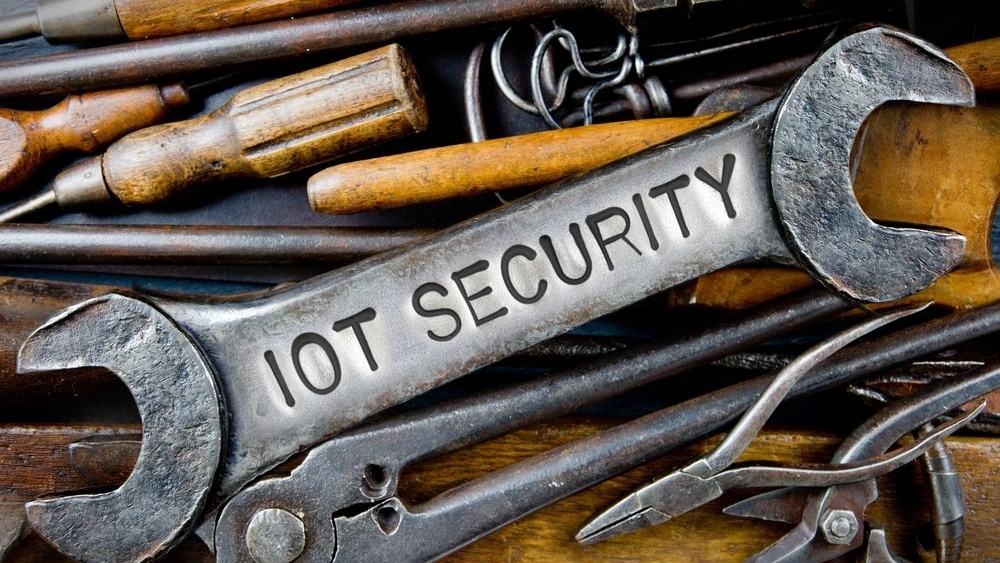
Read more: Authentication 101: A Question of Trust

The internet of things makes so much possible: Better products, better maintenance, better quality, more efficient operations, more efficient manufacturing, better support, better customer service.
These two articles covers how IoT will impact agriculture and make farming more efficient and environmentally safe:
Smarter Farming with Connected Cattle
Feeding the World with Connected Crops
But how to get there is the big question. What works for one industry may not work for another.
Take a look at the craft beer industry, which has embraced Bluetooth-based solutions to improve the consistency and quality of its brews, despite the indoor range challenges.
Read more: The Internet of Beer: IoT for Breweries
Consumer tablets and smartphones, which are all Bluetooth Low Energy enabled these days, are a cost-efficient alternative to dedicated process monitoring equipment. Small craft-brewing enterprises aren’t alone in choosing such products to enable Bluetooth connected UI and control.
Even the military, which has a reputation for near limitless budgets, has also gone down a similar route where it deems the modified Bluetooth consumer equipment suitable for their needs.
So, if the Industrial Internet of Things is so great, why isn’t everyone already doing it? Some industries are further along the road than others. Many are being held back by one or more significant challenges.
Read more: A Path to Industrial IoT Without Coding
Lack of knowledge: Outside the technology industry, the connected world remains a mystery to many traditional manufacturers.
Interoperability: The lack of standards, or in some cases multiple standards, is a significant barrier to getting started when taking risk assessment into account.
Quantifiable benefits: While it’s easy to see the theoretical benefits of working with real-time data and advanced analytics, it’s not so easy to prove a return on investment to the non-technical decision-makers.
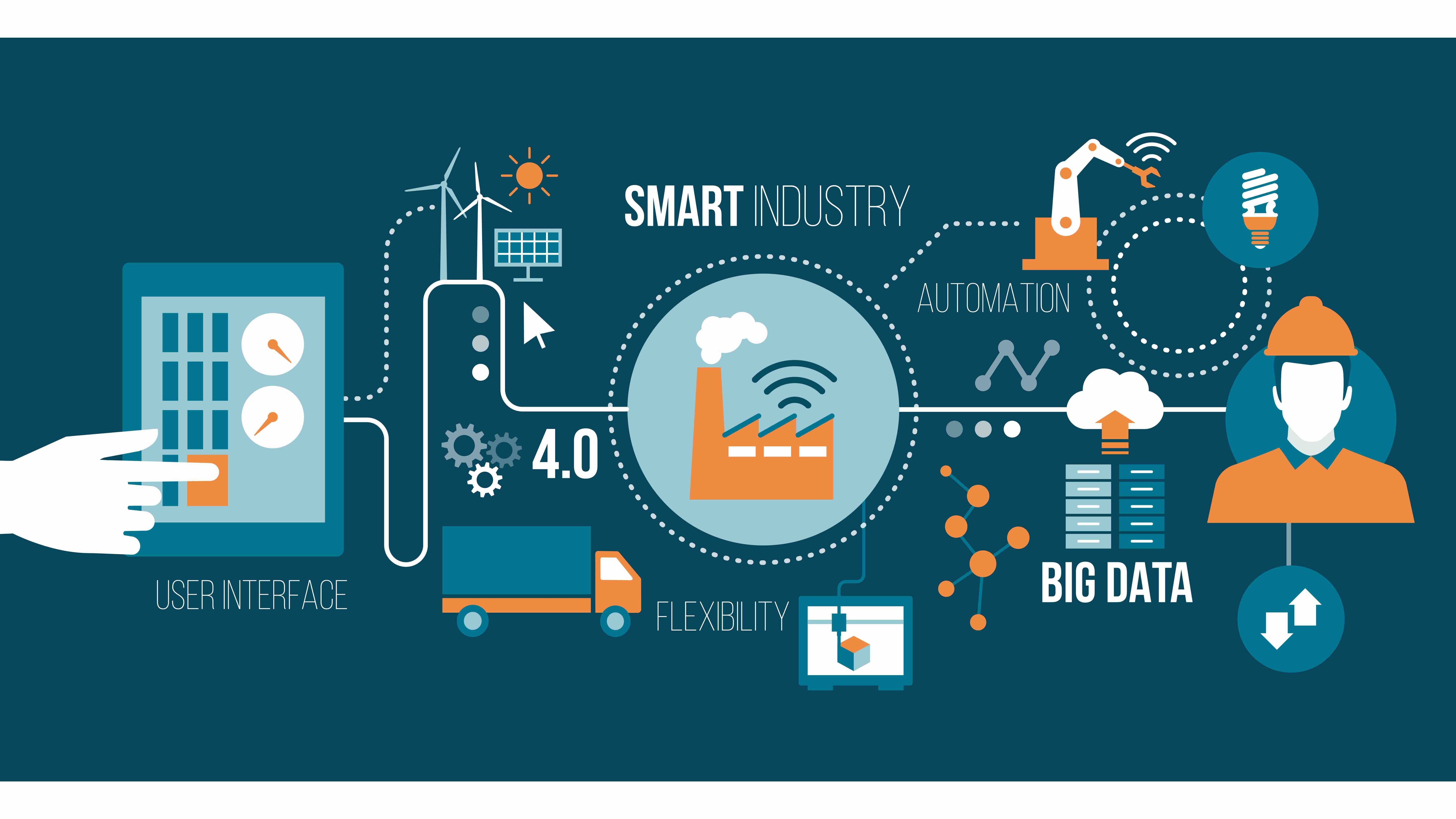
When implementing Industrial IoT solutions, companies will need to cope with its high level of complexity. Many different skills and competences from different domains are required to build, sell, distribute and maintain reliable systems.
In most cases, companies will not have all these competencies. Two options are available: Build those competencies internally, or join and/or form partnerships.
Read more about partnerships and ecosystems for Industrial IoT success